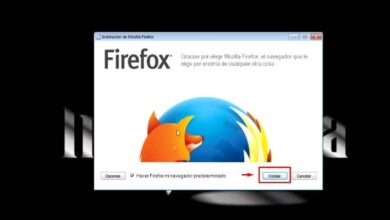Problems with excel? Use its safe mode or restore its settings
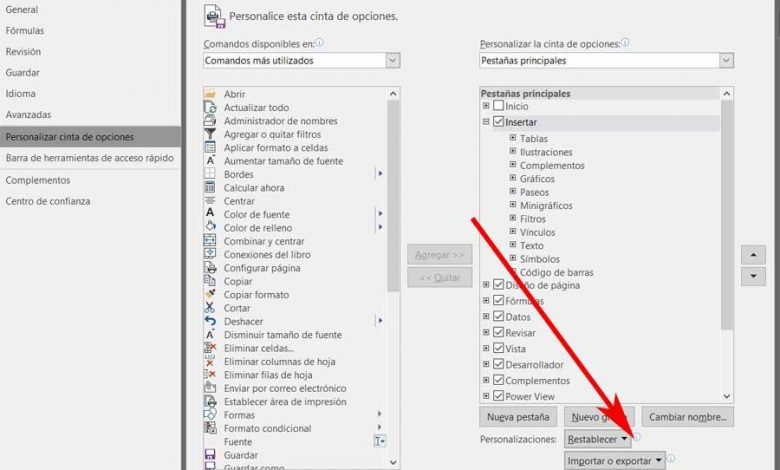
Everything related to office work, for millions of people around the world is something basic. Here elements of the importance of PDF files come into play, or Microsoft’s Word and Excel programs , among many others.
In fact, we could say that all this has become a way of life for many, so its correct operation is essential. It is true that there are many software solutions that we can use at the moment, but there are more popular than others. What there is no doubt is that the best known in this regard for a long time, is Microsoft Office.
This is where, for example, we come across the aforementioned spreadsheet software, Excel. This is a program that, as many of you will know first-hand, can be used in both corporate and home environments. So we can keep the accounting from home, or from a large company. Everything will depend on the degree of complexity to which we want to reach with this specific solution.
But of course, whatever it is or the level of use we have, for most it is something basic that the program as such is safe and reliable. Therefore it should not give us problems or fail, or at least do it as little as possible. It is for all this that in these same lines we are going to tell you how to act if suddenly Excel does not start. And it is that this, although it is not usual, can occur at any time, which translates into a serious problem. The reasons for all this can be several, from some plugin that we have installed additionally, a bad configuration of the program, some incompatibility, etc.
How to open Excel in safe mode
Whatever the reason for all this, surely what we want is to solve all this as soon as possible. Well, to begin with, we will tell you that the Redmond spreadsheets have a safe start-up mode. This will be the most appropriate in the case that we mention. Thus, what we do is run the program as such, with its default configuration, without additions. At the same time, existing plug-ins are deactivated and changes made to their configuration are discarded.
In principle, to achieve this, we just have to double-click on the program icon, but in this case, holding down the Ctrl key. In fact, this is something that we can also achieve by opening any file previously created with the application.

Other ways to run Excel in safe mode
But it is worth mentioning that this is not the only system that we can use when running the Microsoft program in safe mode. And it is that at the same time we have the possibility of accessing the Windows execution box through the combination of keys Win + R. Once it appears, we write the command Excel / safe. Thus, at that moment the same message will appear as before where we are warned that we open Excel in safe mode.
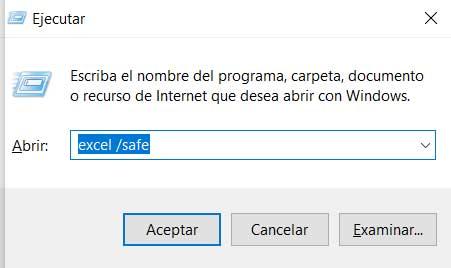
Furthermore, the parameter itself that we have just shown you, we can add in the contextual menu of a shortcut that we create, specifically in Properties / Destination. In fact, this is an additional shortcut to the one we normally use that can be very useful in the future. We can save this with the added parameter, whenever we need to run the program in the aforementioned safe mode.
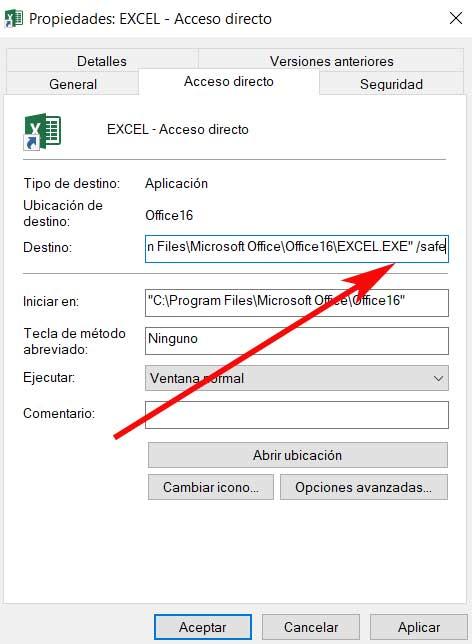
As you can imagine, from there, once we find Excel on the screen, we can make the relevant changes that we think could be causing the problem. That is, uninstall the failed plugin, or revert the configuration that is causing problems.
Restore Excel to its default settings
It may be the case that the problem with Excel startup persists, or that we simply want to undo all the changes. And it is that with the passage of time there can be many modifications in the program as such that we have carried out, hence we want to undo them. Therefore, the most advisable thing in this case is that we restore its initial or default configuration. Say that this is something that we achieve from the Windows registry itself.
Thus, the first thing we do is open this system application through the regedit command, which will lead us to the editor that we are commenting on.
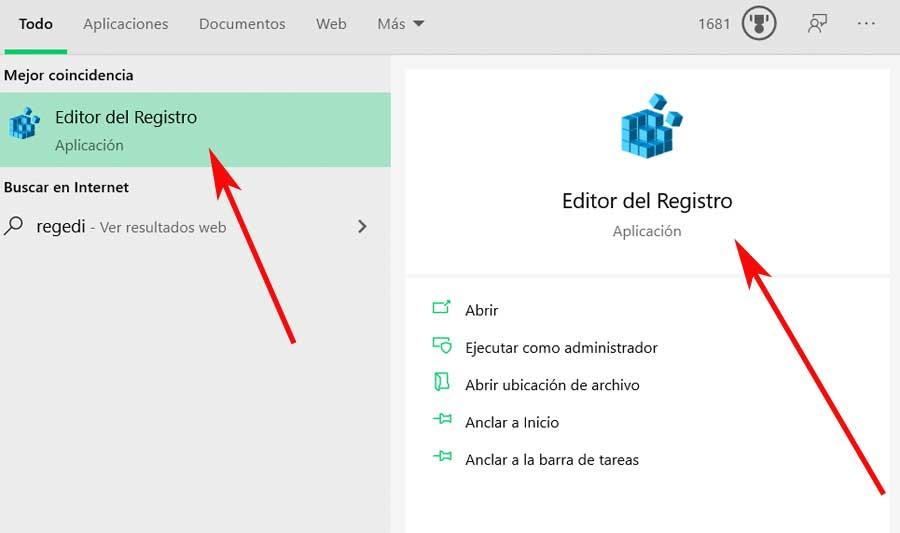
Once in it, what we have to do is go to the following path: EquipoHKEY_CURRENT_USERSOFTWAREMicrosoftOffice16.0Excel, replacing 16 with the version we have. So, in the panel on the right, we will only have to delete the Excel folder. Thus, the next time we open the spreadsheet program, we will do it as if we had just installed it, we will start from scratch.
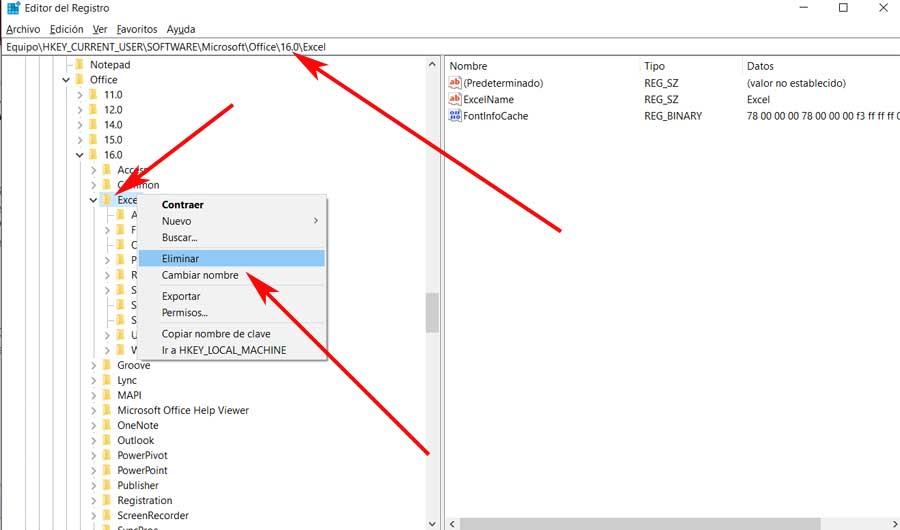
How to repair the spreadsheet program
Another possible way out that we can use when solving possible problems that we have in Excel is by repairing it. It must be taken into consideration that the suite of which the program is part as such, has its own repair function. Therefore we can make use of it in the case, for example, that we can not open the program spreadsheet.
This is something that we achieve in this case from the Configuration application of Windows 10. We access it through the Win + I key combination, so then we go to Applications. In the left panel, we go to Applications and features, so on the right there is a list of everything we have installed on the PC. Now we have to locate the entry corresponding to Office, after which we click on the Modify button .
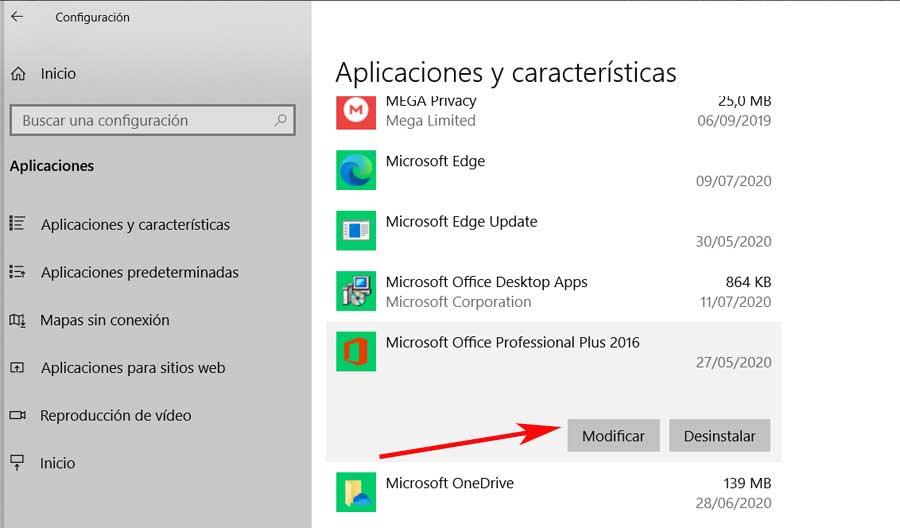
It will be at that moment when the application of the productivity suite itself starts up, so that a few seconds later what interests us appears. It is a new window that offers us several options, including that of repairing the program, which is the one we select in this case.
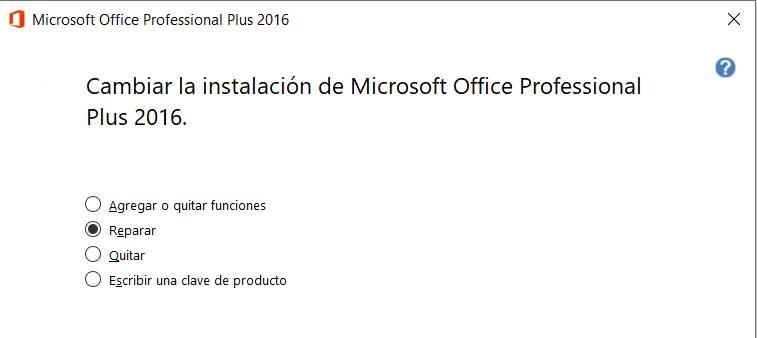
Now the automatic repair process should be started to solve the problem in Excel that we have talked about.
Make a backup of the Excel toolbar
There are many interface parameters that Excel allows us to carry out, here we refer to both the Quick Access Toolbar and the Ribbon. We can configure and customize these based on our needs. Thus, in case we do not want to lose this if we have a problem in the program, we can export the changes before restoring the program to its start. To do this, we just have to copy the file called Excel.officeUI that we find in the path C: UsersUSUARIOAppDataLocalMicrosoftOffice; this is the path that the suite uses by default.
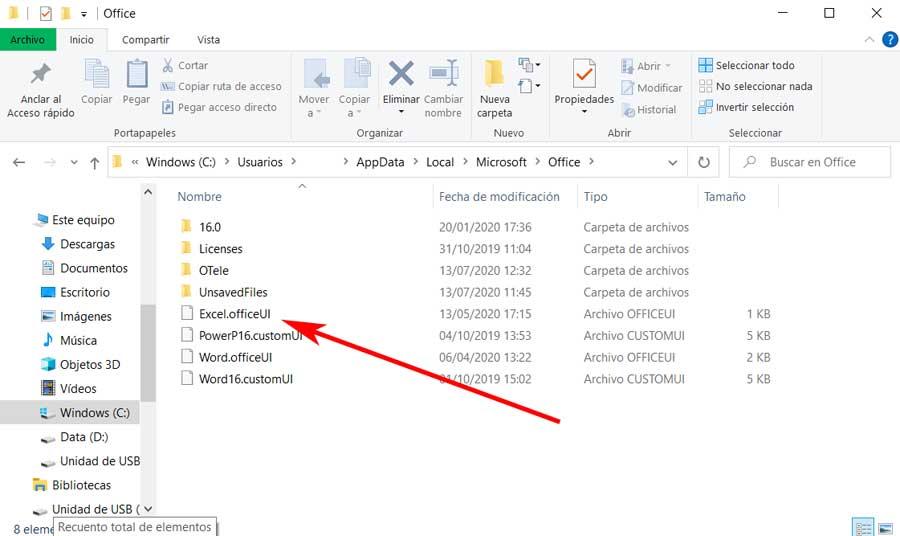
Export or import Office customization
To achieve both export and later import this customization that we are talking about from the program itself, we open it normally. After that we go to File / Options / Customize Ribbon. Then in the window that appears in the lower right corner, is where we find the button to import or export.

Therefore here we will only have to select the corresponding folders to save or extract that file that we talked about earlier.



